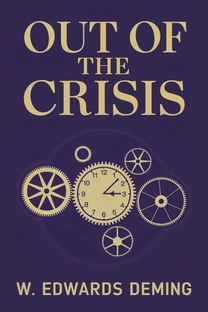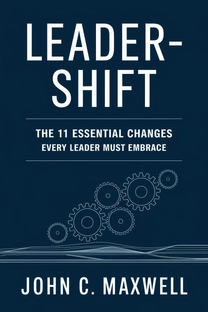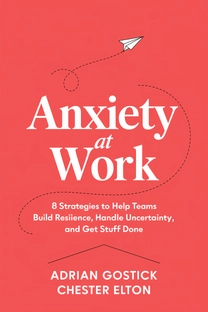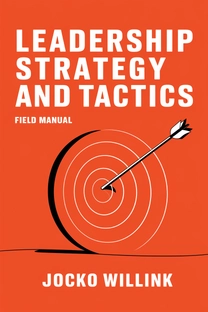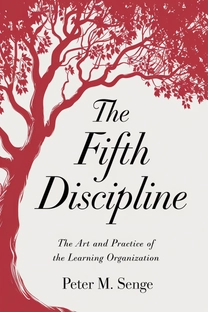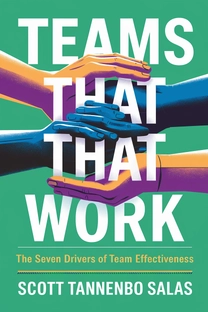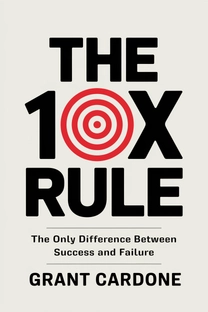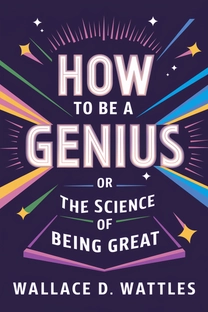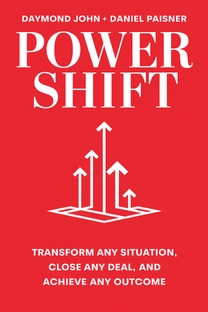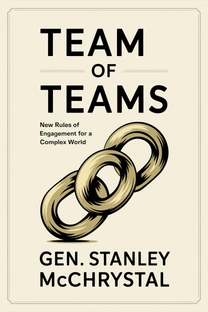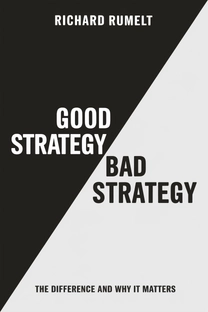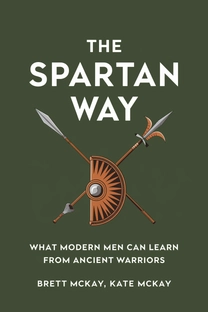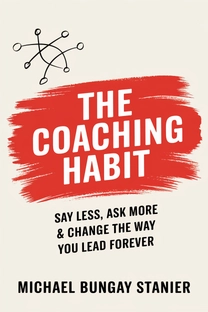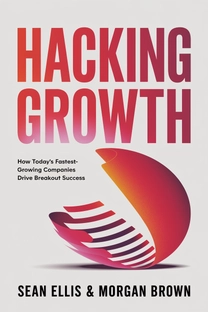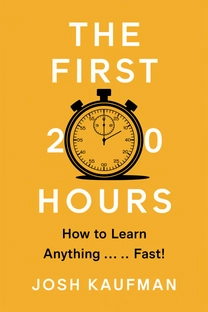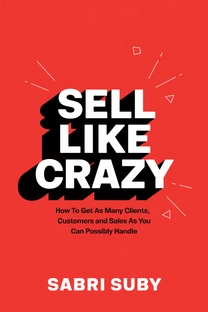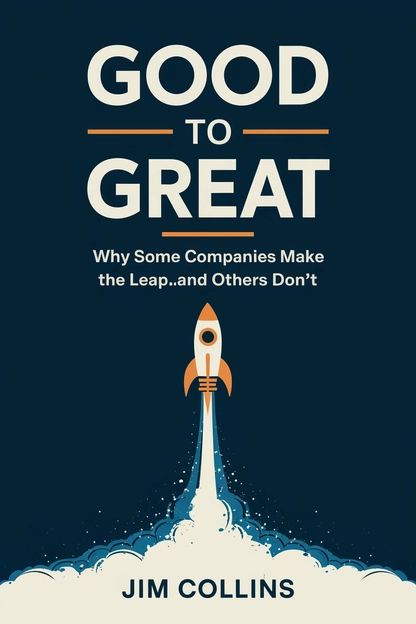
Good to Great
Why Some Companies Make the Leap...and Others Don’t
by Jim Collins
Brief overview
This book illustrates how certain organizations transcend ordinary performance and maintain excellence over the long run. It emphasizes the importance of steady leadership, disciplined focus, and a guiding principle that aligns every decision with a greater goal. By following these principles, any team or individual can transform a merely decent venture into a truly outstanding one.
Introduction
Many organizations become comfortable with being “good,” never realizing that this mindset holds them back from being truly great. They see steady results or moderate success as signs to keep doing more of the same. In doing so, they miss the opportunity to push boundaries and pursue lasting excellence.
A key theme of this approach is that good can be the enemy of great. That means once a company settles at a respectable level, there’s little impetus to break free from the inertia. However, the book’s research shows that with the right steps, any team can achieve a major leap forward.
Real business transformations are not the result of a single breakthrough moment. Instead, they emerge from consistent actions and decisions that build on each other. From classic grocery chains that reinvented themselves to local teams that rose to industry leadership, the patterns of success share common elements.
In the chapters that follow, you’ll discover how disciplined people, thoughtful strategies, and self-imposed accountability all contribute to reshaping a company’s destiny. This introduction offers just a glimpse into the foundational ideas that power the journey from a baseline of good performance to something truly remarkable.
Level 5 Leadership
A central premise is that enduring change stems from leaders who blend personal humility with unwavering resolve. They push the organization to greatness because they feel responsible for its success, not for personal accolades. Although they might seem unassuming, these individuals drive powerful results through quiet determination.
Such leaders attribute wins to their teams or external factors, always looking out the window to apportion credit. But when setbacks arise, they look in the mirror, accepting accountability without pointing fingers. This combination of modesty and fierce grit sets the tone for a culture of excellence.
Interestingly, these leaders rarely court fanfare. Their ambitions center on the welfare of the enterprise or mission, not on personal status. This difference explains why some organizations sustain their success long even after these leaders retire—they’ve built something larger than themselves.
What is Good to Great about?
Good to Great reveals how certain organizations surpass mere competence and achieve enduring success. Drawing upon rigorous research and real-world examples, Jim Collins demonstrates how leadership humility, consistent decision-making, and a clear guiding framework propel teams from adequate results to powerful performance. By showing readers the structures behind these extraordinary leaps, the book provides a practical model for anyone aiming for greater effectiveness.
Central to this work are principles such as Level 5 Leadership, which merges quiet resolve with genuine modesty, and the Hedgehog Concept, a focused path that aligns core strengths with true purpose and economic drivers. These insights don’t just apply to large corporations; they offer a disciplined approach that can sharpen leadership strategies, foster stronger collaboration, and cement long-term results for projects of any size or setting.
Review of Good to Great
This book’s greatest strength lies in its clear demonstration of how calm yet determined leadership can spur progress beyond initial expectations, bolstered by real data and compelling stories of corporate transformations. Readers also gain practical steps in choosing the right team members, facing facts head-on, and continuously refining a guiding idea until it dictates every move and direction. Rather than promoting flashy tactics, the author provides an accessible, methodical approach that suits both corporate boardrooms and smaller entrepreneurial ventures.
Though focused on business contexts, the tone is conversational enough to engage a wide variety of readers. Collins explains concepts in straightforward terms, making it easier to see how a disciplined routine and a thorough emphasis on priorities can positively reshape an enterprise. If you’re looking to sharpen your leadership strategy, bolster team alignment, or foster consistent momentum, Good to Great is a well-founded recommendation.
Who should read Good to Great?
- Business owners seeking achievable long-term performance boosts
- Senior leaders aiming to combine humility with focused leadership
- Managers who want to build disciplined teams that embrace accountability
- Consultants or coaches guiding organizations through strategic shifts
- Students of management curious about proven frameworks for enduring success
About the author
Book summaries like Good to Great
Why readers love Mindleap
10-Minute Book Insights
Get the core ideas from the world's best books in just 10 minutes of reading or listening.
Curated For You
Discover your next favorite book with personalized recommendations based on your interests.
AI Book ExpertNew
Chat with our AI to help find the best book for you and your goals.
Reviews of MindLeap
Love how I can get the key ideas from books in just 15 minutes! Perfect for my busy schedule and helps me decide which books to read in full.
Alex R.
The summaries are incredibly well-written and the audio feature is perfect for my commute. Such a time-saver!
Jessica M.
Great app for personal growth. The insights are clear and actionable, and I love how they capture the essence of each book.
Chris P.
The app is beautifully designed and the summaries are top-notch. Definitely worth every penny!
Sarah K.


